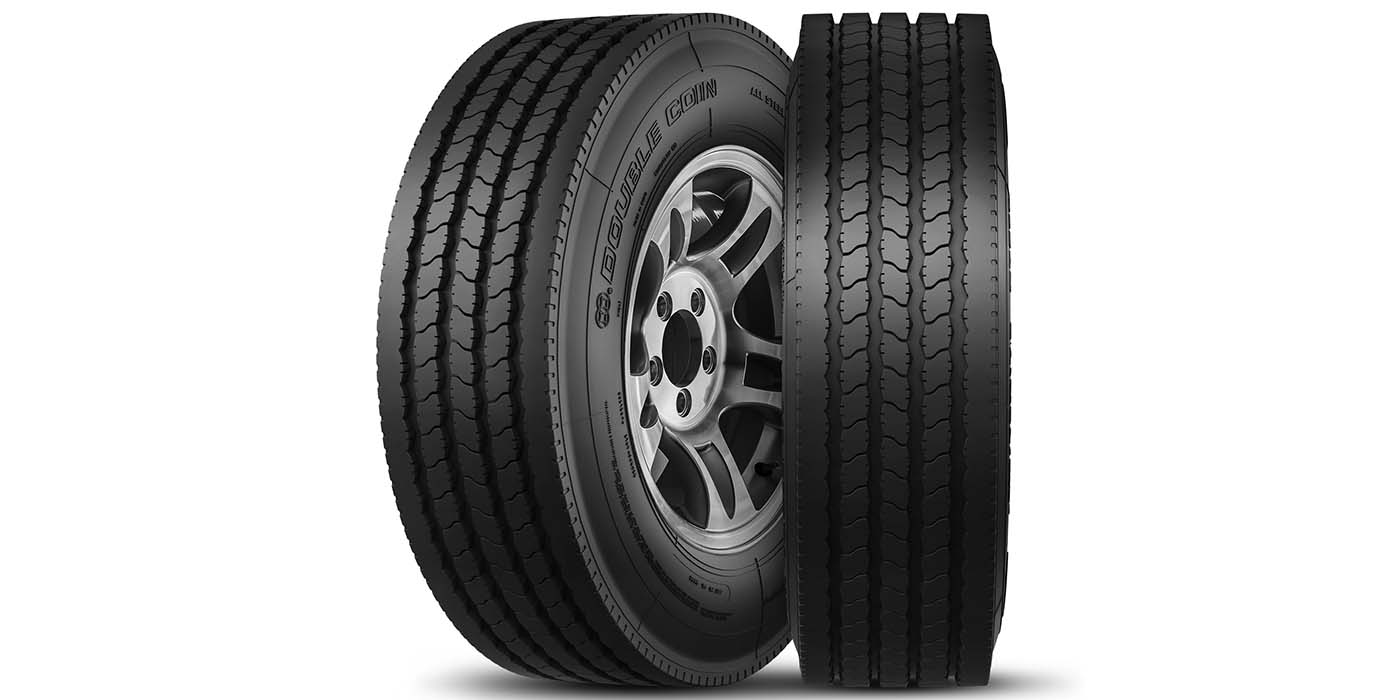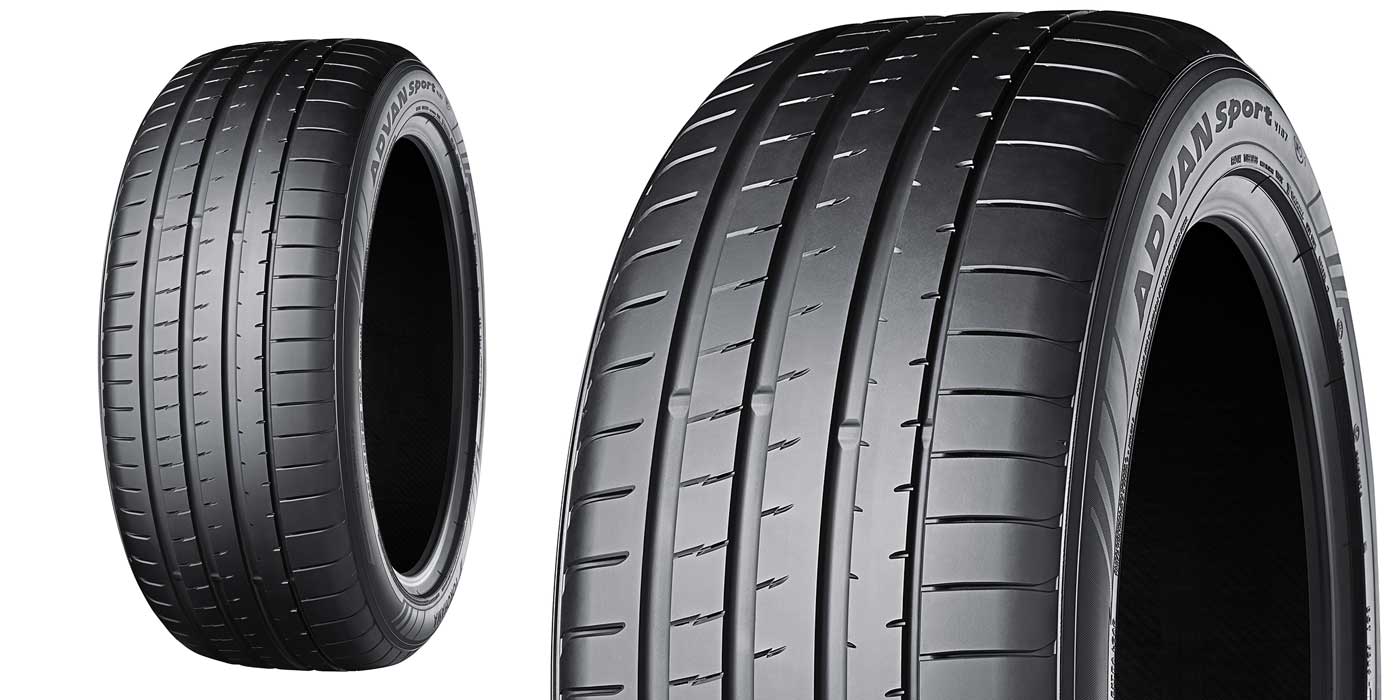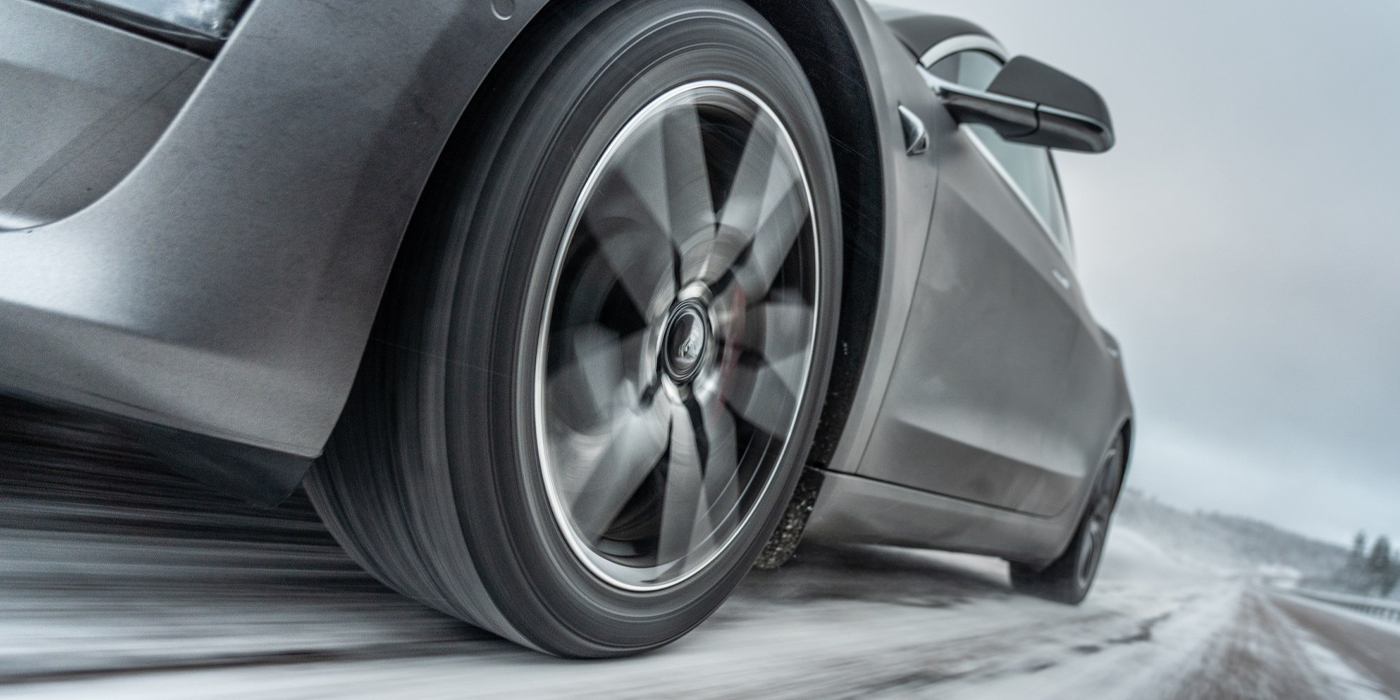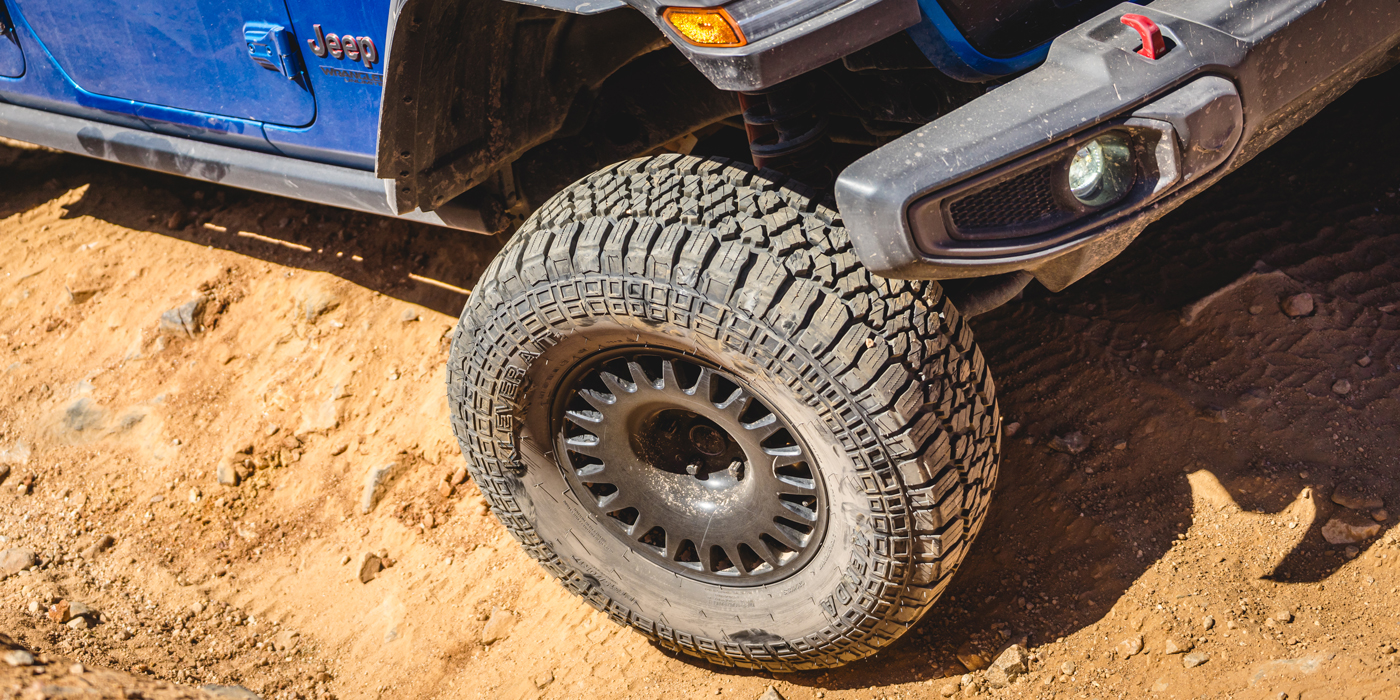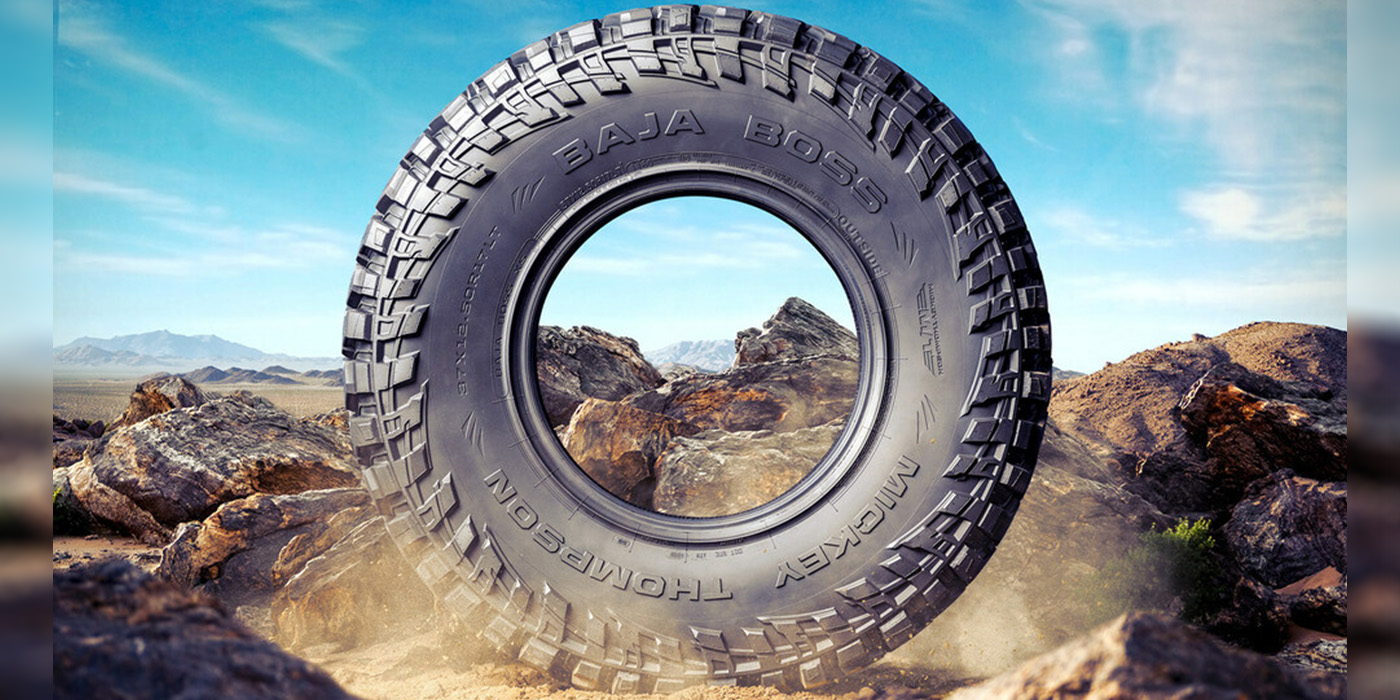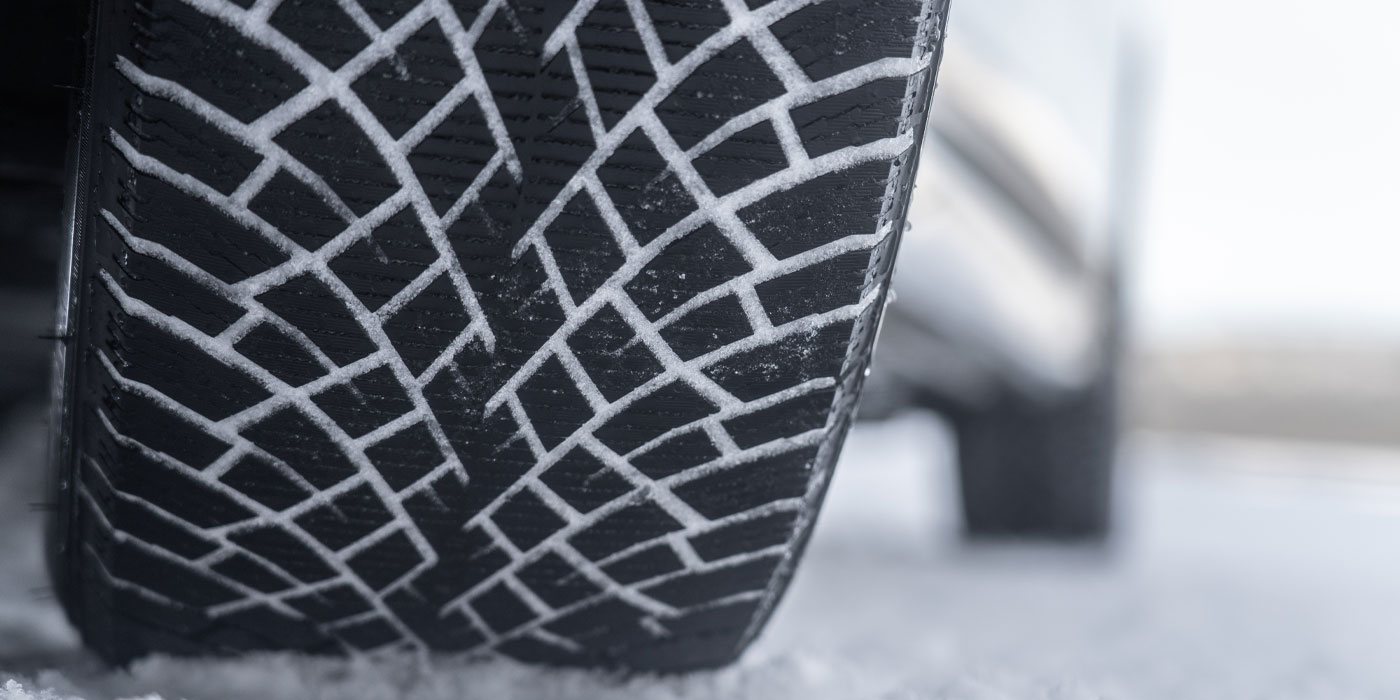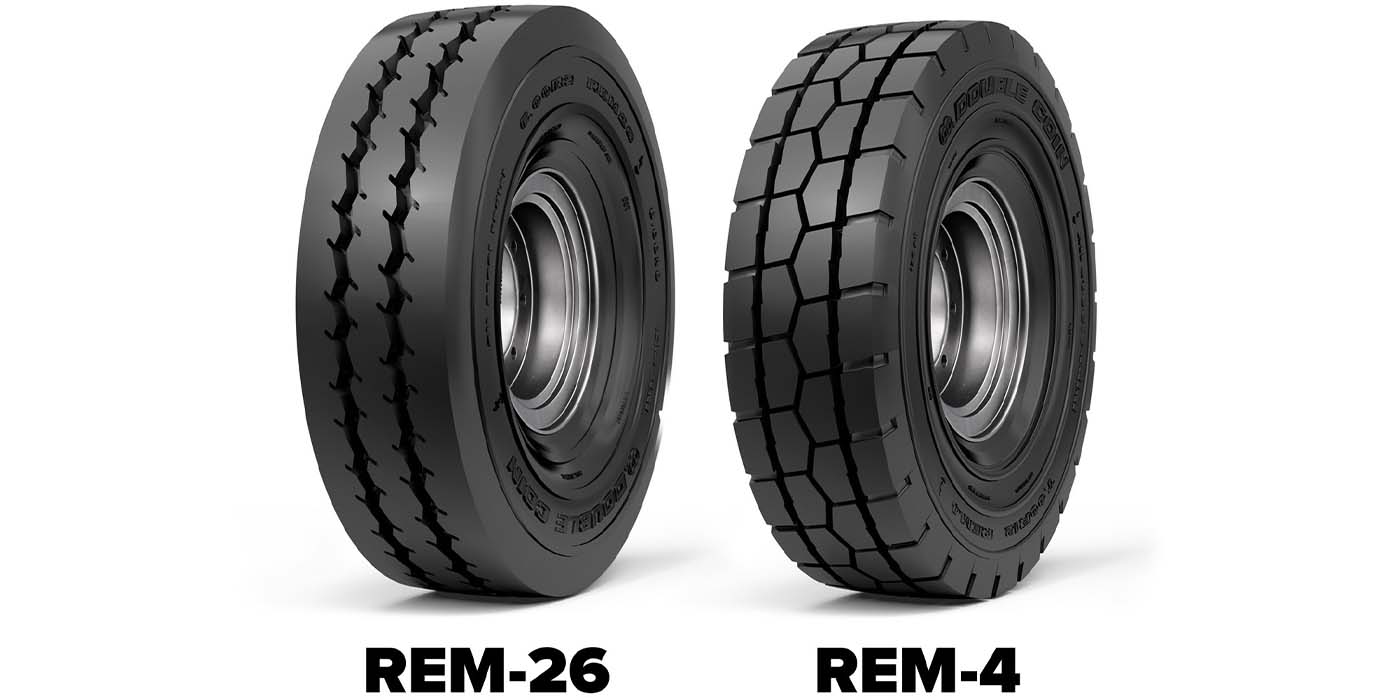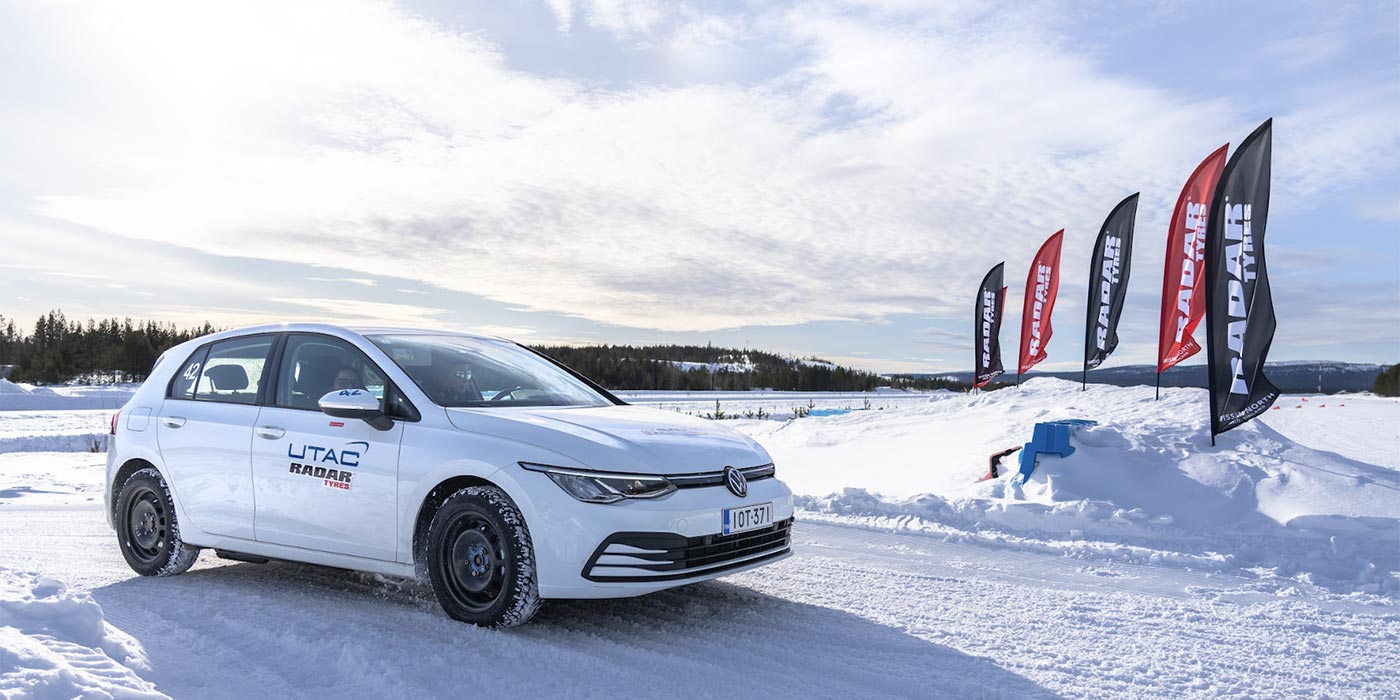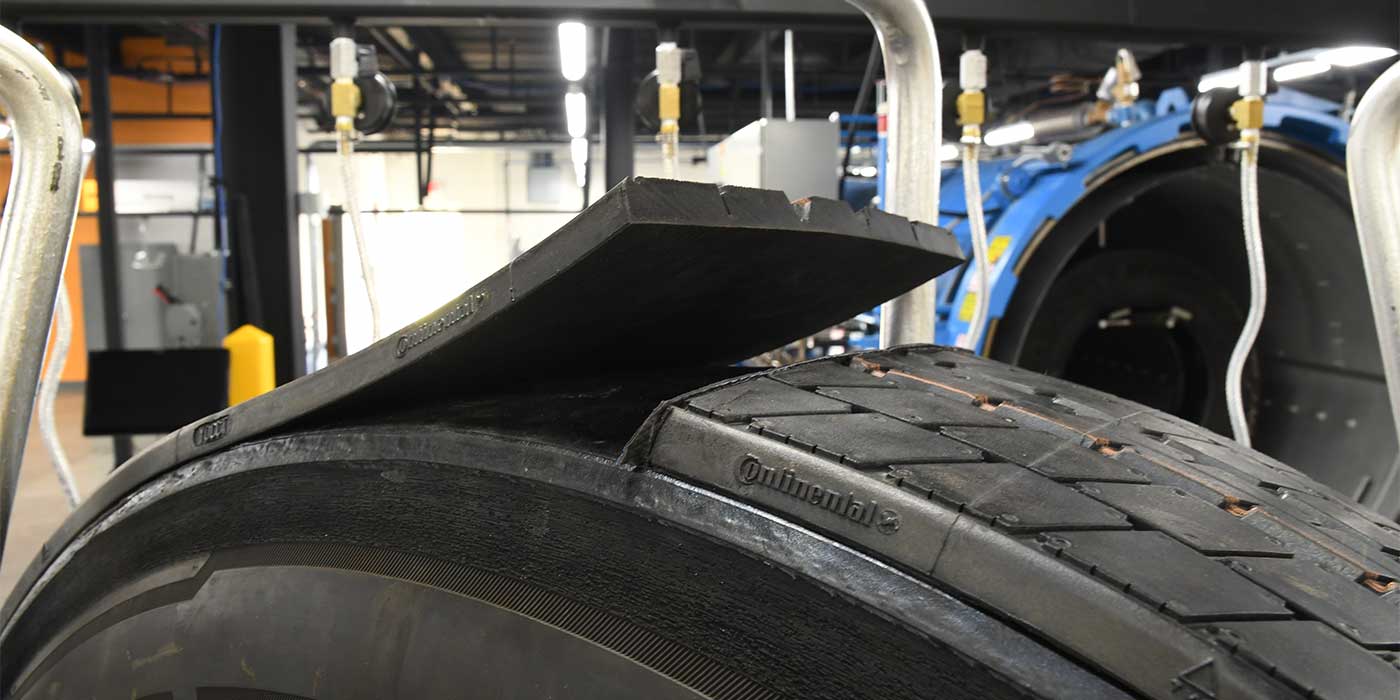As the automotive industry incorporates more and more technology into every part of a vehicle, have you thought about how this technology is being used in the wheel industry? Let’s face it: You can have the most advanced drivetrain, telematics and fuel system known to man, but without a tire and wheel, it’s just a big box with cool stuff in it.
We are going to look at a few companies that have developed some leading-edge technology that has changed the process for manufacturing wheels and discuss how you can use this information to improve your sales volume.
Enkei International (enkei.com) uses a patented process that allows it to build a wheel that is elongated to form the final wheel width. To illustrate this, take a look at the diagram below, provided by Enkei. Diagram 1 shows a cross-section of a one-piece cast wheel before Enkei applies its MAT (Most Advanced Technology) to the wheel.
The gray area is the wheel itself, and the orange area is the tooling used to form the drop center and rear flange.
As the wheel spins, a roller applies pressure and causes the wheel to elongate over the contour of the die, without sacrificing the hardness of the wheel. This process achieves several important functions at the same time.
First, the overall weight of the finished wheel is dramatically reduced in relation to the width of the wheel. This provides lower unsprung weight, which is the weight of components, such as wheels, tires, brake rotors/hubs and certain parts of the suspension.
Suzanne McKinney, marketing administrator with Enkei, explains, “The MAT process makes the wheels very strong and lightweight, which allows the car to accelerate faster with more efficient braking. It also allows the driver to drive smoother and have better control of the vehicle.
“The MAT process reduces the wheel’s weight by 10% to 15%,” she says. “Every pound of unsprung weight savings is equivalent to approximately 20 pounds of body weight.”
To drive this point home, be sure to read next month’s article, in which we will get real dyno results based on this principle and show you how higher unsprung weight can defeat horsepower.
The other function of Enkei’s MAT process is to improve the molecular structure of the aluminum, resulting in the reduction of raw materials needed. Notice the two images of the metal shown under a microscope. Image 1 shows the aluminum before the MAT process. See how the grain seems random?
Now look at Image 2. The grains of the metal flow in a uniform direction. This strengthens the alloy, keeping the wheel from flexing under hard cornering.
Next, Mackin Industries (mackinindustries.com) gave us a peek at its latest technology. What is Mackin Industries, you ask? It is the U.S. distribution arm for Rays, which is a Japanese manufacturing company that markets its wheels under the Volk Racing label, as well as under other well-known private labels. Volk Racing wheels, like Enkei’s, derive much of their technological breakthroughs from Rays’ extensive involvement in motorsports.
Using a patented forging process and robotics to ensure precise control over all aspects of manufacturing, Rays can produce a wheel able to withstand the abuse of racing at a price affordable enough to run on the street.
Edward Lee, general manager of the motorsports division for Mackin Industries, echoes the statement from McKinney, saying that “reducing unsprung weight is critical and more effective than taking weight off of the body of the vehicle.”
In recent columns, we’ve talked about forging, so you know what is involved. But just to emphasize this technology, the Rays forging machine applies 8,000 tons of pressure to create the disk. The wheel is then cold forged to extend it to the desired width.
This creates the “Metal Flow Line,” which is much like a human muscle. The diagram to the right shows the characteristics of how this works. In the case of a severe impact, this wheel will tend to bend rather than break, which would happen to wheels produced using some other process, Mackin claims. This technology may allow the tire/wheel to retain air and get the motorist to a safe location for removal of the damaged wheel.
This process also allows engineers to build a wheel with a cross section as thin as 2.5 mm.
From here, the wheels are heat treated and then shot-blasted. Thousands of tiny ball bearings pound the wheel in a controlled environment to harden the aluminum even further.
Rays has even developed a process that allows it to forge a wheel in near final form, with recesses and curves that were previously unknown.
Now that you have seen how technology is creating the products that you see and sell, use this information to educate your customers when they are purchasing high performance tires and wheels.
I like to use the phrase, “If you aren’t the lead dog, the scenery never changes.” That usually lights the spark in the customer’s mind that he or she needs to have the best to be the best, on the track and off.

